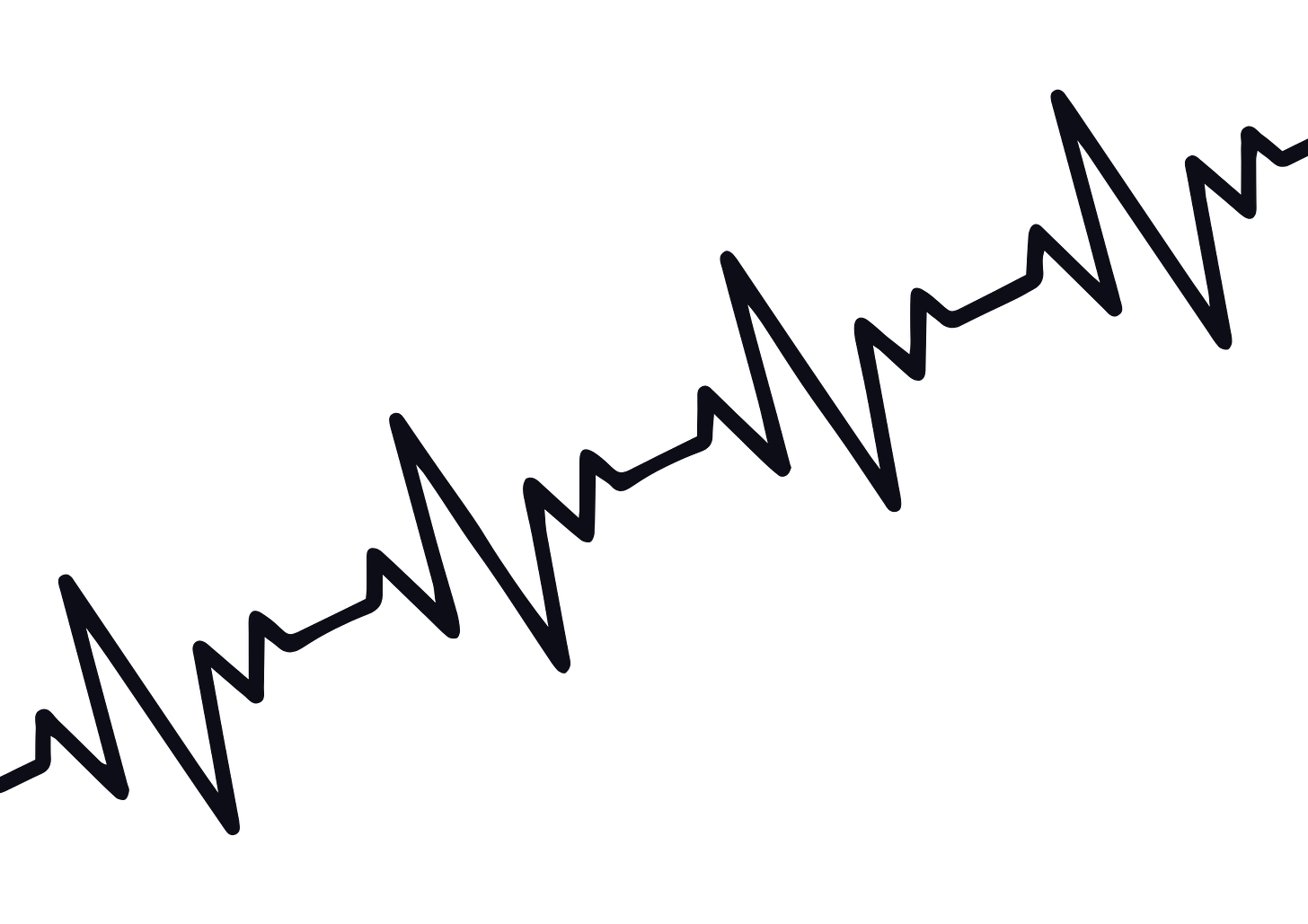Generations X, Y and Z Through the EUM Lens
The collective psyche takes an extremely long time to change.
Human beings are products of the times that they live in. The prevailing social, economic, and technological conditions of our times, greatly impact how we feel, think and act. They influence our perspective on all spheres of life- our relationships, our membership in systems, our needs/desires, our ideas of progress, our notions of love and intimacy, what we value in ourselves, our beliefs about human nature and the purpose of life, etc. In a sense, many of our beliefs, attitudes and values, belong not so much to ourselves but to the imperatives of the times that we live in.

Since techno-social conditions are continuously changing, it is no surprise that every generation thinks that it is very different from the ones that precede or succeed it. People change but one belief which survives all the changes is the belief that the new generation is very different OR that the old generation was very different. So, we coin terms like Gen X, Millennials, Gen Z etc. But how significant and substantive are these changes?
A few years back, we decided to compare the EUM profiles of different age groups over a span of over 20 years. Interestingly, we did not find any major changes across the age groups and time periods. There were some changes but not large enough to be regarded as statistically significant. This was counter-intuitive and quite different from what we had expected. Our hypothesis was that the changes which seemed very big at first glance were not all that significant at a deeper level.
This gap between what appears at the surface and what lies beneath can be illustrated by comparing the person who migrated from his village to a city, for better prospects, 70 years back, with the present-day NRI. On the face of it, the two appear quite different but scratch the surface and you will find the same preoccupations, the same ambivalence towards their roots, the same sense of being an outsider in an alien land, the same conflict between ambition and belonging, and so on.
What the EUM data was telling us is that while the Gen Z, Millennials, Gen X and the generations which preceded them appear very different from each other, at the basic identity level, the changes are miniscule. However, it would be wrong to say that no shifts have taken place. It is just that the identity level shifts take a long time to be discerned. As mentioned earlier, we did find some shifts. So, what are these changes?
We found that in the younger groups, there was a slight drop in engagement with UBP (Belonging and Protection) and slight increases in the engagement with USD (Strength and Desire) as also UMI (Meaningfulness and Intimacy) What this suggests is that the younger generations are a little less preoccupied with their immediate belonging system and a little more focussed on themselves as also the larger human context.
One can look at human engagement in three concentric circles. The innermost circle pertains to the person’s own needs, desires and aspirations. The middle circle focuses on engagement with the immediate context- role responsibilities, concern for kith and kin, friends, colleagues etc. The outer circle focuses on issues of the larger context- social justice, economic inequities, gender discrimination, racial prejudices etc.
Within each generation, people differ in their relative engagement with the three circles. However, on an overall basis, the earlier generations were a lot more engaged with the middle circle. On the other hand, the later generations have started paying a little more attention to the inner and outer circles as well. This is perhaps a consequence of the changes in our living conditions. The stability of the immediate context (extended family, work organizations etc) has got steadily reduced. Many people today live in small nuclear families and experience a lot more mobility in their places of work and stay. Thus, the immediate context as a stable construct is gradually evaporating. On the other hand, life is becoming intricately connected across the globe. Developments of one country impact the social and economic fibre of other countries, which in turn impacts the life of every individual. In other words, we are living in a world, where we are both isolated and also a part of a large complex network of interdependent and seemingly autonomous nodes. While our connect with our immediate context may have got diluted (giving us greater sense of autonomy) our dependence on forces over which we have very little control has increased manyfold.
In such a scenario, it is no surprise that the engagement with the inner circle (Self) and outer circle (larger context) will increase and preoccupation with the middle circle (immediate context) will come down. The reason why we only see a glimpse of it in the EUM data is because change in the collective psyche is a very slow process. My guess is that in decades to come, the changes will become more pronounced and what appears as minuscule now, will become more visible.
The collective psyche takes an extremely long time to change. Hence, it is futile to put labels like X, Y, and Z on generations based on only one or two decades. More significantly, one needs to look at the overall direction in which humanity is moving. Also, one needs to keep in mind that the movement is not linear: there is an overall direction, but it is more of a zig-zag (with many peaks and troughs) than a straight line When one looks at an individual peak and compares it with the dip which preceded or followed it, the change looks huge. However, it is not of as much significance as the overall direction of the curve.
Before you leave…
We do not believe in spamming your mailbox. Be rest assured that you’ll be receiving this newsletter only till you want to. In case you wish to discontinue receiving these, you can opt-out by using the “Unsubscribe” button right at the end of this e-mail.
If you have any thoughts or questions about this communication, please feel free to put them down in the comments section below or reach us at social@eumlens.in
To learn more about EUM Lens, visit our website.





Ashok, thank you for this. Agree with you that there is not much change. in 2000 I was involved with some research which confirmed viewpoints are local or global, not in between ( you call immediate context). Again, in 2011, some research showed we are no different to generations past. The migration from village to big town then, and to live abroad now is similar and you make a strong point here. As you rightly point out a period of 30-50 years is hardly large for profound change. Change is really gradual. What we are calling age gaps are nuances / tonalities / shades - and not real differences. These take the form of my music/ my movies my clothes. That’s quite understandable for one generation to differentiate itself from another. Such differences anchor and support their new identity / their difference. Enjoyed your article. Also, it hinted at social character and imagined ideas of our times. Thank you.